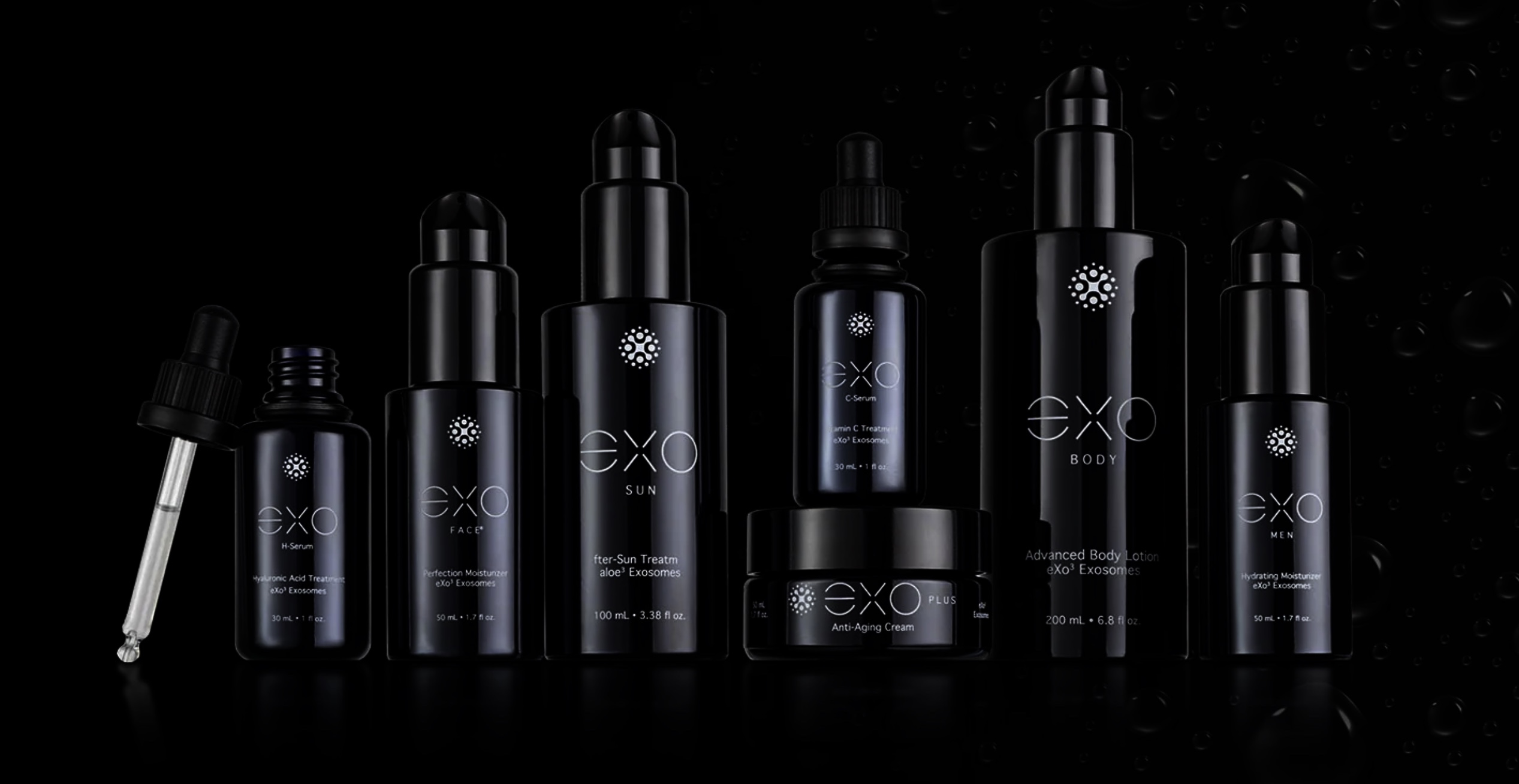Weakening the Dissociation Barrier of Hydroxyl in Fe–N–C Catalysts via Precisely Manipulating d–p Orbital Hybridization Behaviors for Efficient Oxygen Reduction Reaction
Advanced Energy Materials, EarlyView.

Theoretical calculations reveal that Co/B co-doping downshifts Fe 3d
z
2–O 2p
z antibonding energy levels and strengthens Fe–N bonds, boosting *OH desorption while suppressing metal leaching. Therefore, Fe, Co/NCB exhibits outstanding ORR activity across alkaline and acidic electrolytes. When applied in ZABs, Fe, Co/NCB enables high power density and unprecedented cycling stability over 700 h, even under flexible device configurations.
Abstract
The fine-tuning of *OH adsorption strength serves as a crucial strategy for optimizing the oxygen reduction reaction (ORR) performance in Fe–N–C catalysts. This study proposes a comprehensive integration of theoretical predictions and experimental validation, demonstrating the rationality and feasibility of the asymmetric multiple doping of Co and B in the second coordination sphere of FeN4 (Fe, Co/NCB) to facilitate *OH desorption. Density functional theory (DFT) calculations predict that the strategic coupling of Co and B effectively modulates the hybridization behavior between the 3d z 2 orbital of the Fe active sites and the 2p z orbital of *OH intermediates. This interaction elevates the occupancy of the antibonding orbitals, thereby promoting *OH dissociation. Furthermore, the enhanced stability of Fe─N bonds in the Fe, Co/NCB suppresses the demetallization process of Fe active sites. Guided by theoretical predictions, a synergistic “metal substitution and spatial confinement encapsulation” strategy is developed to synthesize Fe, Co/NCB. As expected, Fe, Co/NCB demonstrates outstanding ORR activity in alkaline and acidic electrolytes, with the assembled zinc–air batteries delivering exceptional power density and cycling stability. This study elucidates the critical role of heteroatom doping in modulating the catalytic activity of Fe–N–C catalysts.
















































































































































